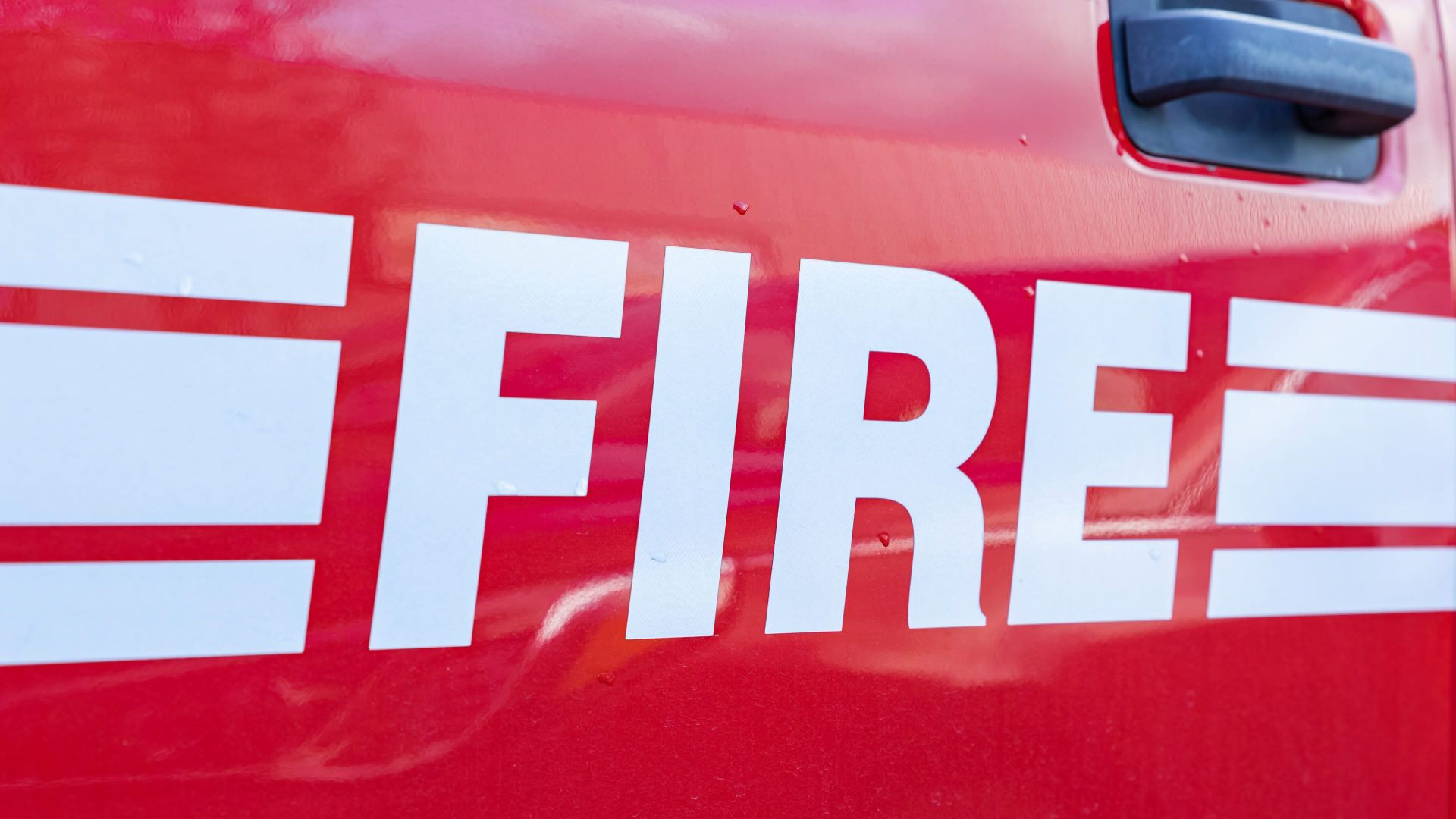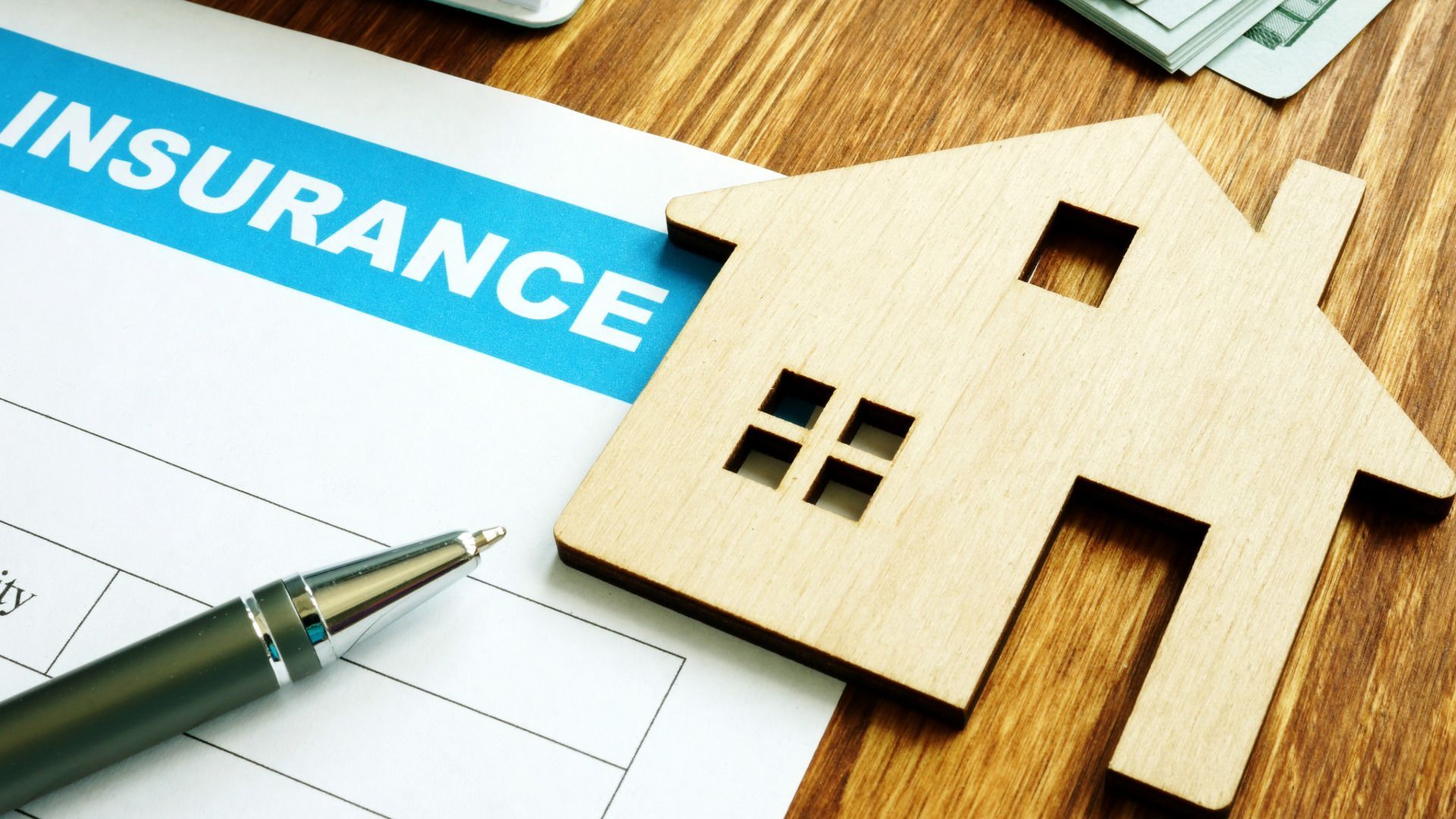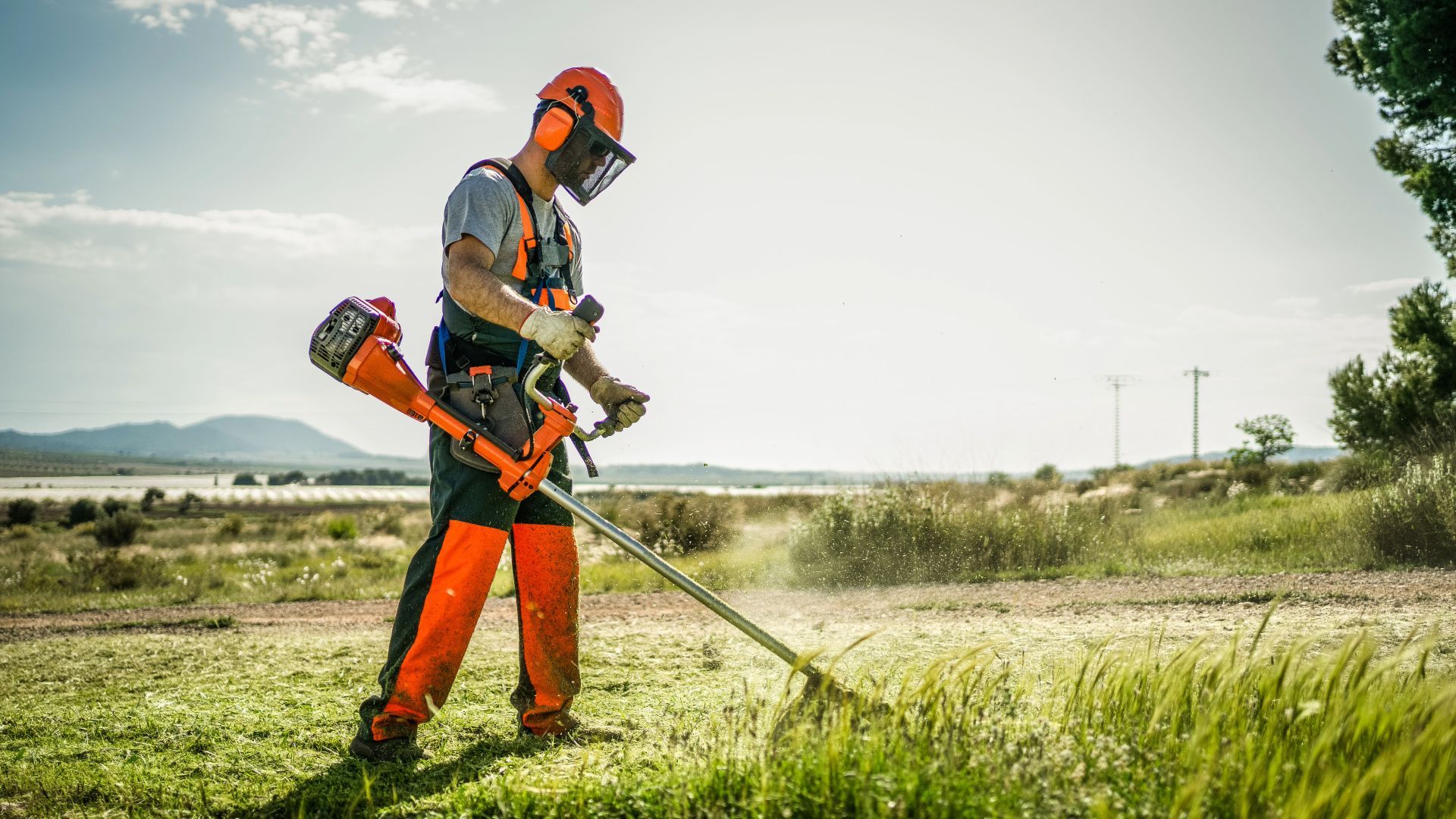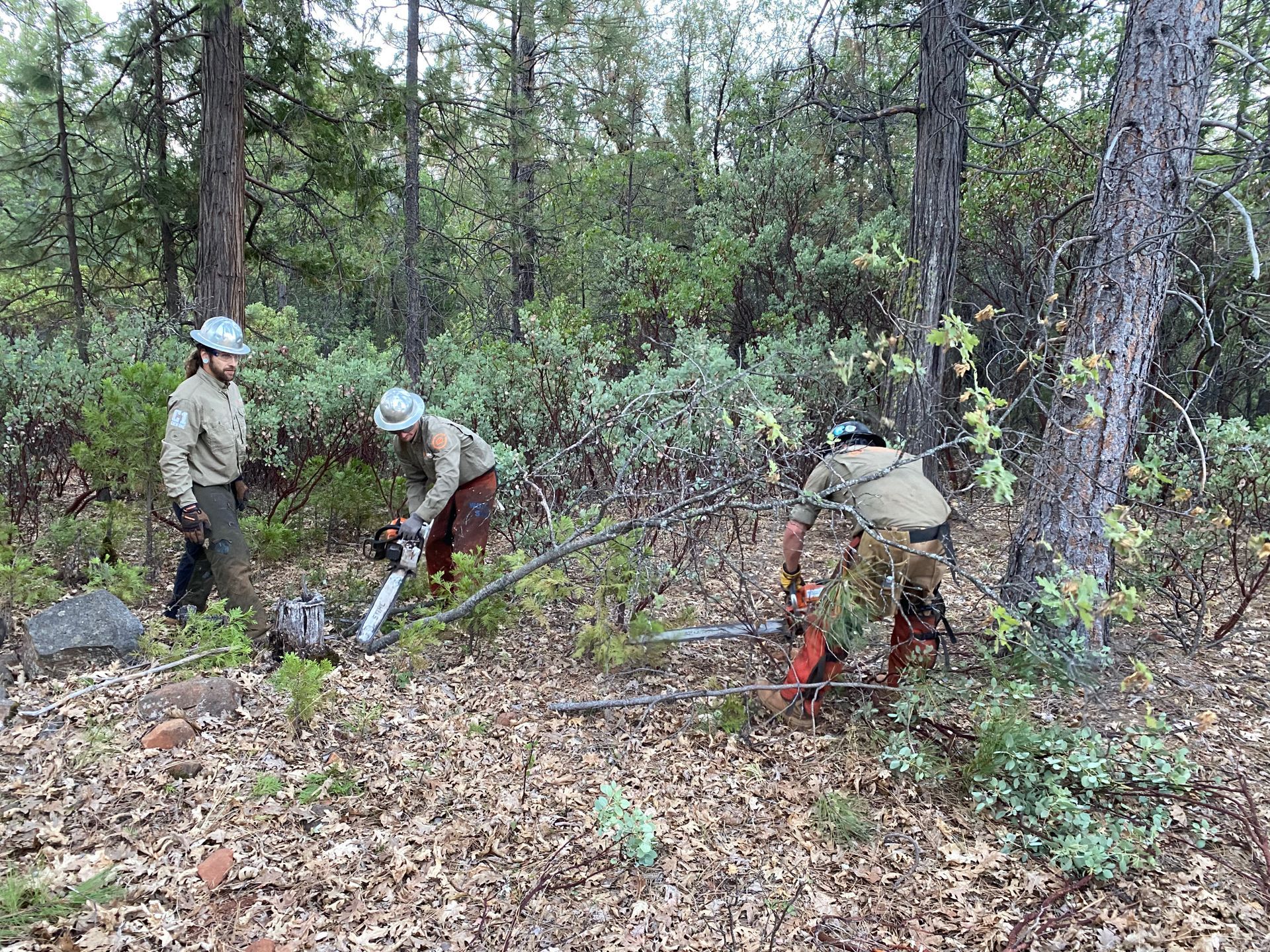3 Tips for Safe Propane Tank Placement To Prevent Fires
got a propane tank on your property?
With wildfire seasons growing more severe each year, ensuring the safe placement of your propane tank isn’t just smart—it’s essential. In our latest video, “3 Tips for Safe Propane Tank Placement to Protect Against Wildfires,” we boil it down to three critical practices that dramatically enhance safety when facing wildfire threats.
1. choose a stable clear surface under it
Cement and rock are the best materials to support your propane tank. Grass is acceptable if it's trimmed to under 2 inches.
2. Maintain Clear Space around it — 20 Feet Is a Must
Wildfires thrive on fuel. You should clear at least 20 feet around your propane tank of all combustible materials: vegetation, trees, leaves, mulch—everything. This buffer zone can slow the spread of fire and reduce the chance of ignition around your tank.
3. inspect your propane tank regularly
Make monthly checks for rust, dents, or signs of leakage. If you spot anything unusual—dusty residue near fittings, an odd odor, or hissing—schedule a thorough inspection with your propane supplier immediately
Share this article on







